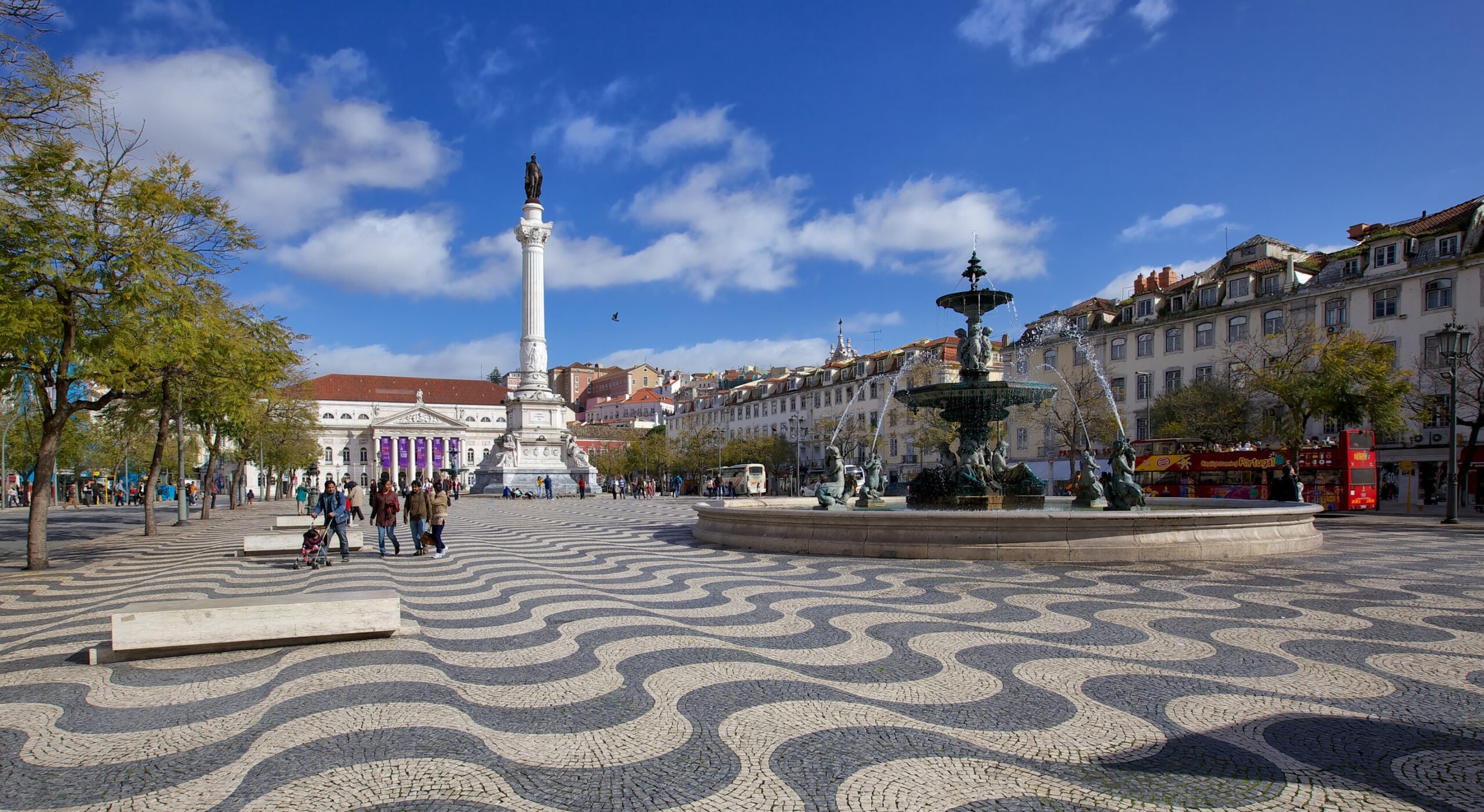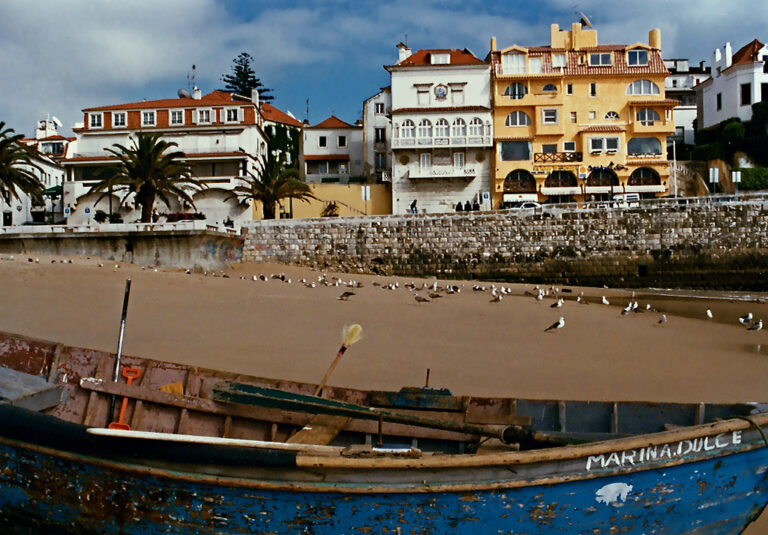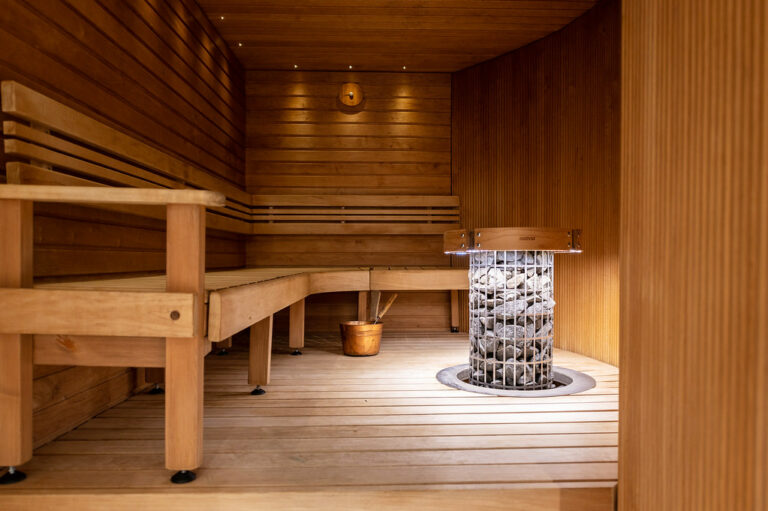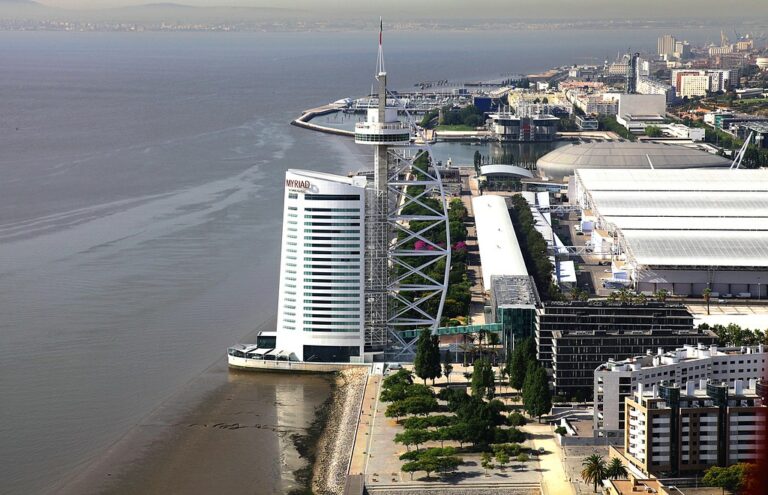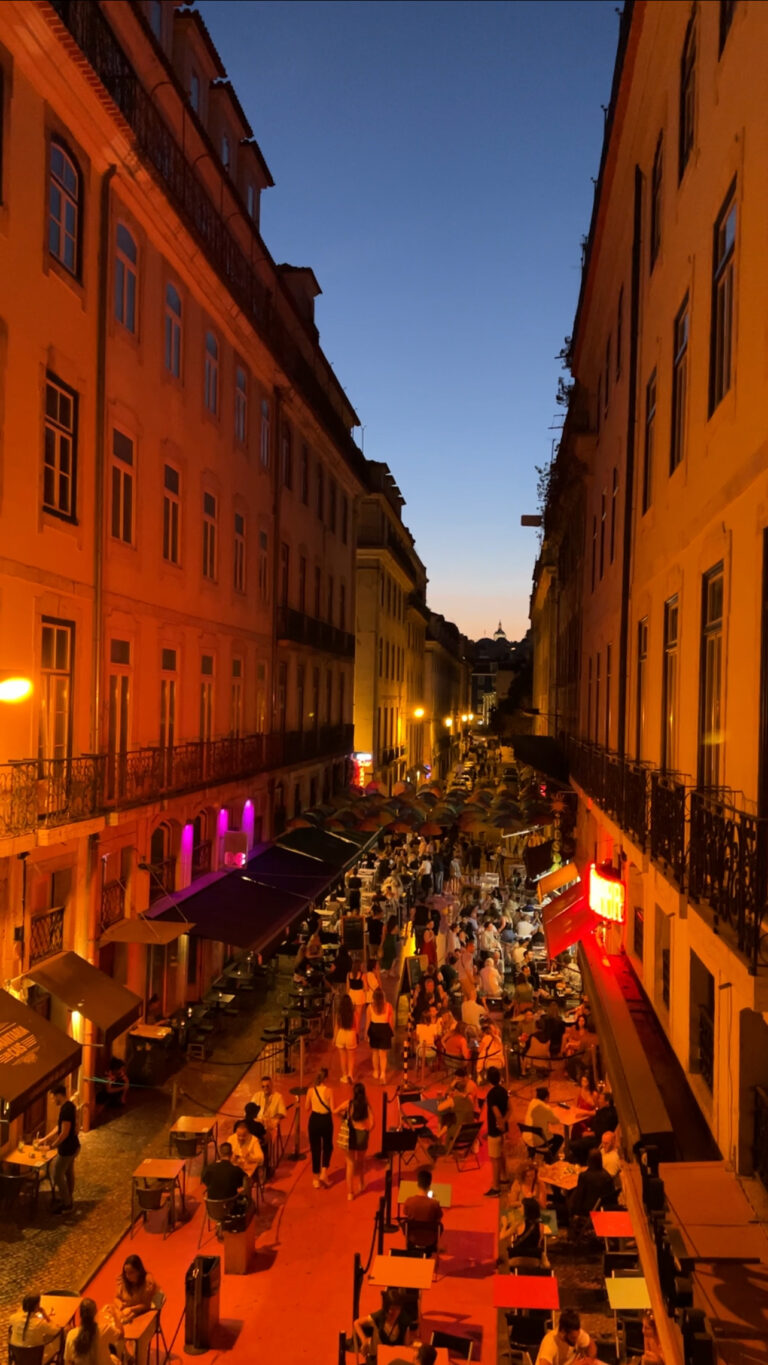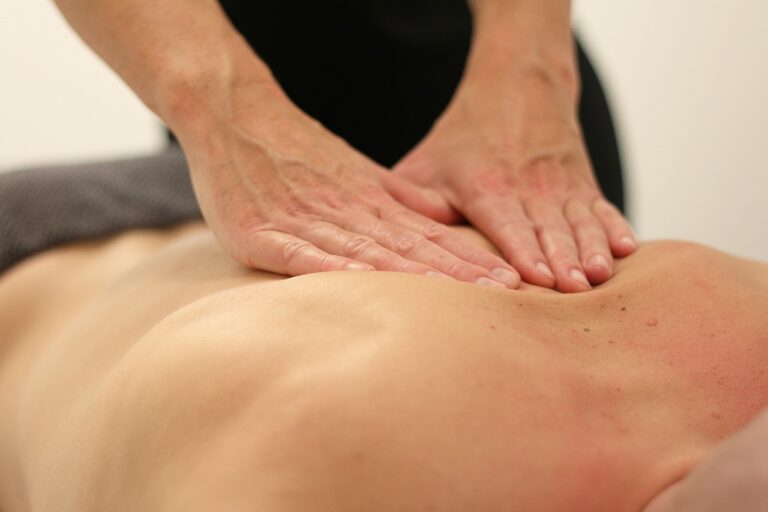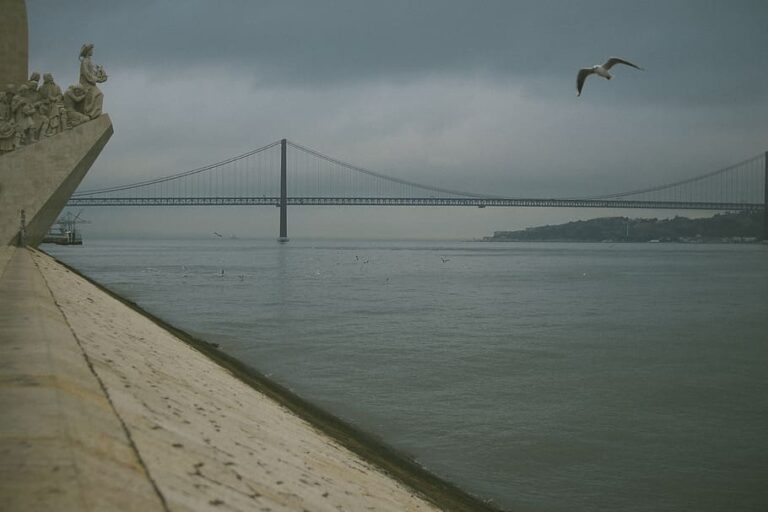Rossio Square is in the heart of Lisbon and one of the city’s liveliest squares.
Here, you can stop to sit and relax for a drink at any of the cafes with outdoor seating, like the Cafe Nicola on the western side, which has an art-deco design.
You can also walk around the square to see the elaborate fountains and monuments in the center.
Still, Rossio Square, also known as Praça Dom Pedro IV, has a lot going on when you visit Lisbon, and you can find everything here.
More About Rossio Square – Praca Dom Pedro IV
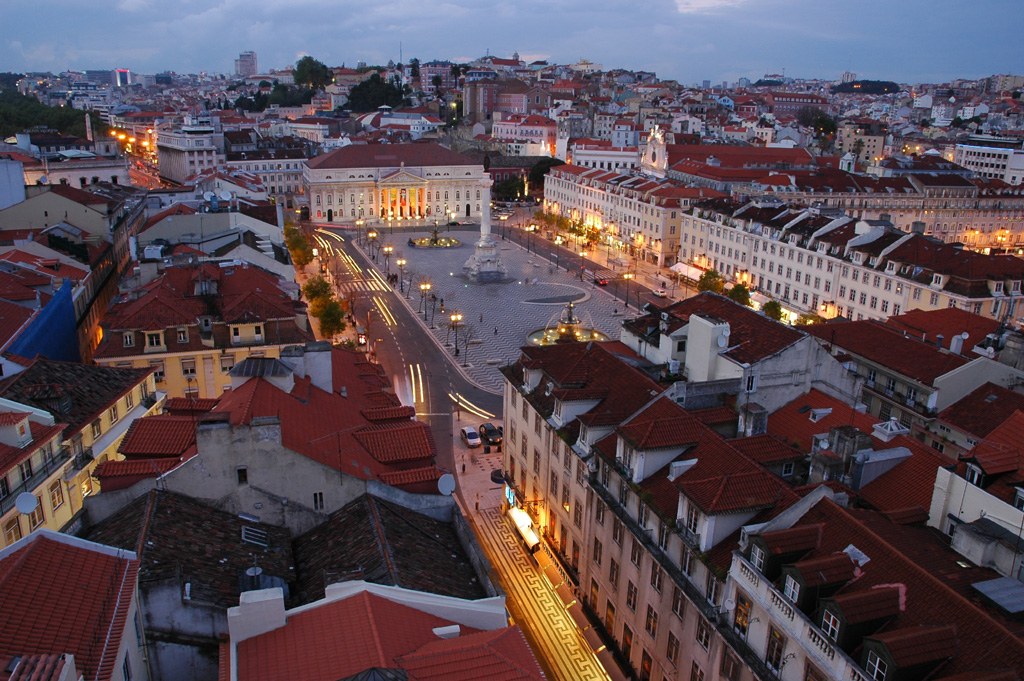
Praça Dom Pedro IV is a historical square and vibrant space at the center of Lisbon and the city’s life for centuries.
Like the city, Rossio Square has a rich yet colorful history. Its history dates back to the 13th century, and it is one of Lisbon’s oldest squares.
During this time, the square was used in public shows, bullfights, royal proclamations, and later as a public execution ground.
The square was originally named after King Afonso IV but has undergone several developments and transformations.
In the 19th century, it changed its name to honor Pedro IV, also known as Pedro Lof Brazil. Magnificent buildings surround Rossio Square, showing Lisbon’s architectural diversity.
During the 19th century, the square received a makeover with wave pattern cobblestones.
Still, the square has loads to explore, along with many other attractions.
The Two Baroque Fountains With Dom Pedro IV Statue
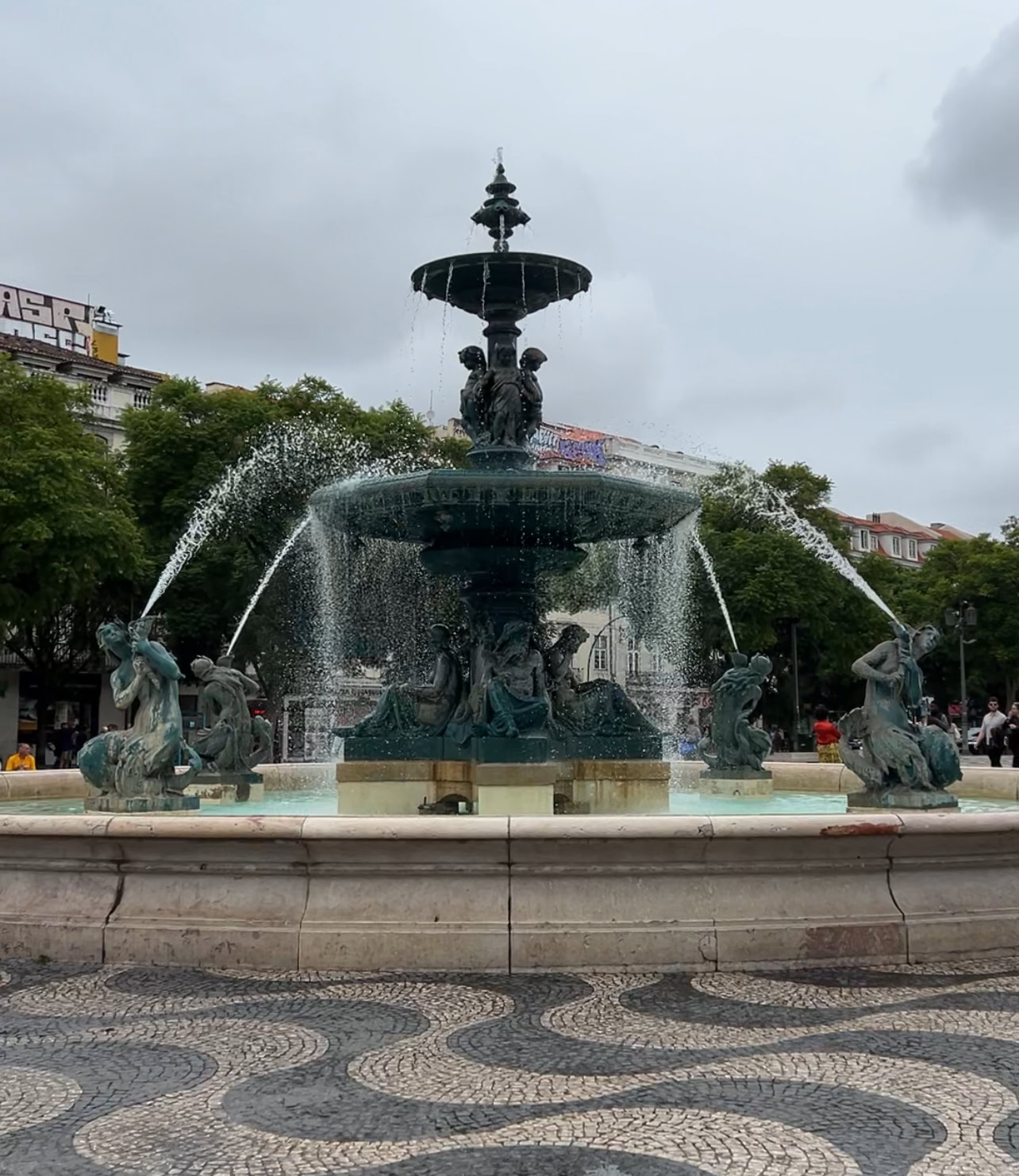
In the center of Rossio Square, two Baroque fountains were installed in 1889 on both sides of the Pedro IV monument.
Both are identical and were originally cast at the Val d’Osne boundary in France. Mathurin Moreau and Michel Lienard created the embellished sculptures around the fountains, depicting mythical figures.
The fountains in the central square were installed simultaneously with King Pedro IV’s bronze statue, the Soldier King.
In the center of the fountains is a marble pedestal monument depicting the parables of Justice, Wisdom, Strength, and Moderation.
Hot Tip🔥: Visit the fountains at night when illuminated, as it is a beautiful site.
Dona Maria II National Theater
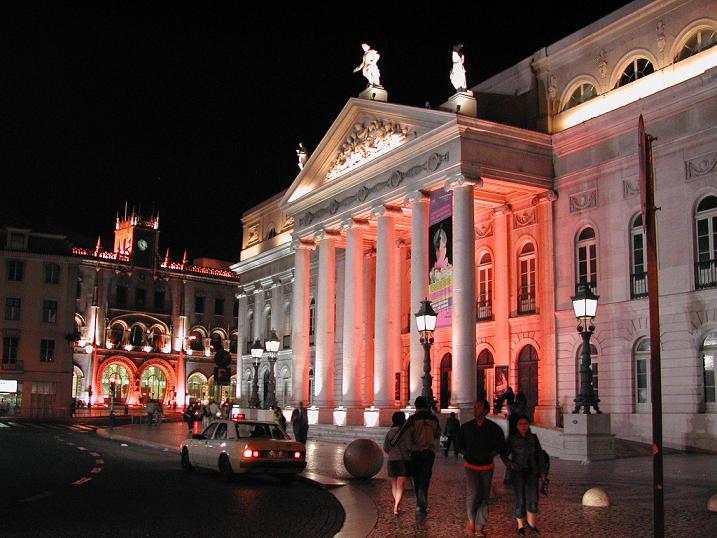
The National Theater Dona Maria ll, founded in 1842, is on the north side of the historic square.
The Teatro Nacional Dona Maria II is a prominent building in the square. It replaced the old Estaus Palace from the mid-fifteenth century.
The new tower was erected during the mid-nineteenth century after a design by the Italian Fortunato Lodi architect. The interior of the theater 🎭 was destroyed in a 1964 fire, but it was restored and opened again in 1978.
The facade features a statue of playwright Gil Vicente, the father of Portuguese theater.
Six massive iconic columns decorated with Apollo sculptures and muses support the pediment.
Planning On Going To Lisbon?
I’ve created a trip planner where you enter the number of days you’re going and what activities you want to do.
Based on your input, you then get an entire vacation planned with ideas.
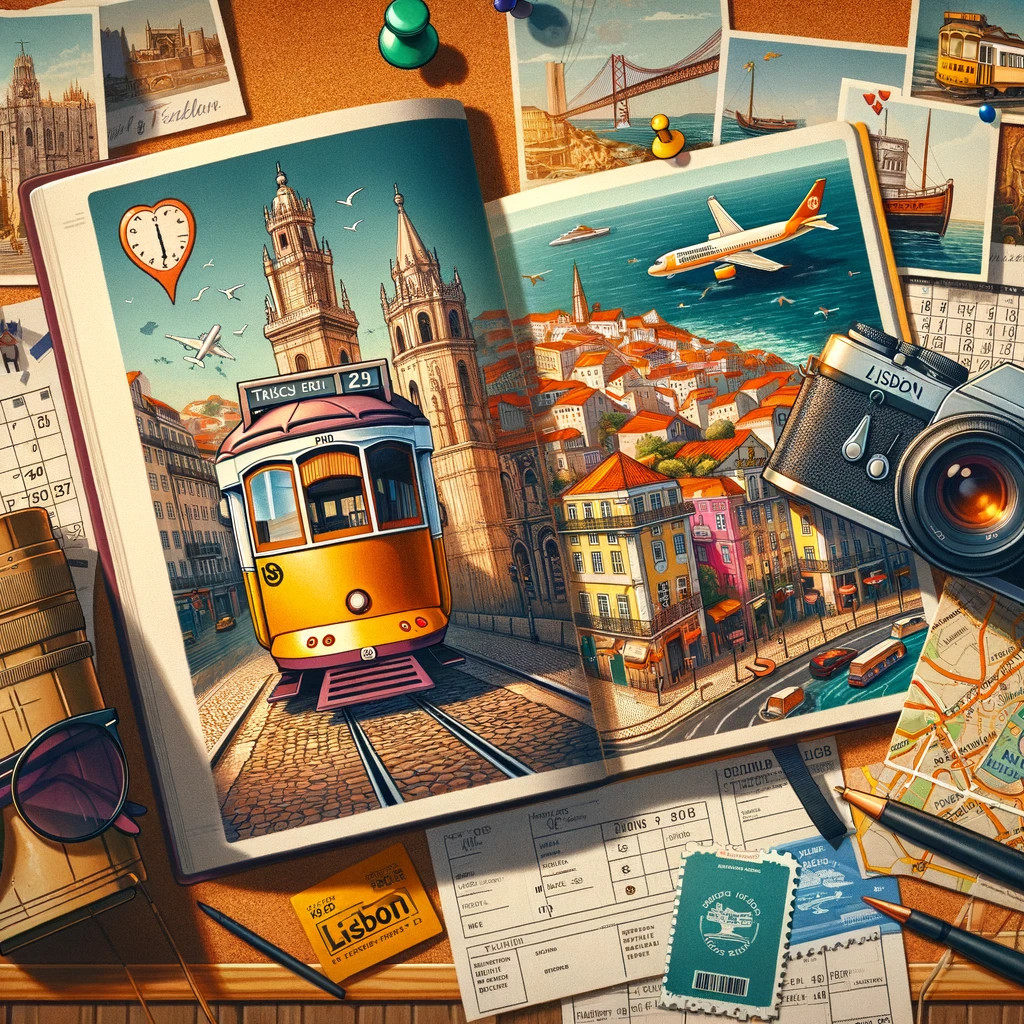
Rossio Train Station
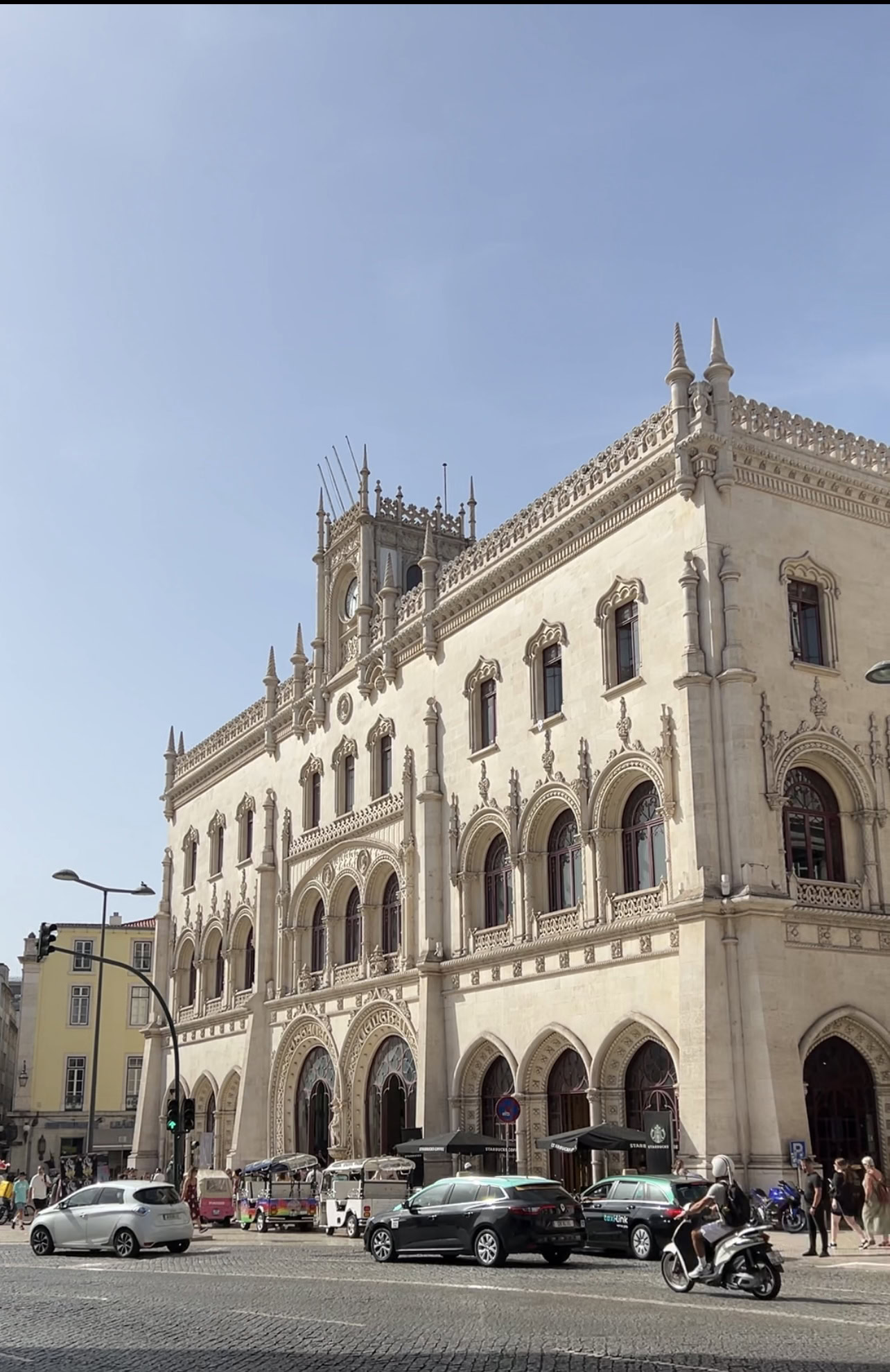
On the left side of the iconic square, you find Rossio Train Station, built in 1887. The stunning train station has a neo-Manueline style, while the facade has intricate carvings with azulejos (ceramic tiles depicting Portugal’s history.
A Ginjinha
Another must-visit is a Ginjinha, which serves traditional cherry 🍒 liqueur made from Morello berries. It has a sweet, intense taste.
The first ginjinha developed was by a Galician friar of Santo Antonio Francisco Espinheira church.
You will find A Ginjinha in Praça de São Domingos next to the train station. It is a popular place to serve ginja, sold in small shot glasses.
The price per small shot glass is around €1.40.
Here are the best things to do in Lisbon In June 2024
I’ll send you a list of the best things to do in May and every month moving forward from today.
It’ll be based on my personal experience of living and traveling around Lisbon. A lot of hidden gems.
Praçada Figueira
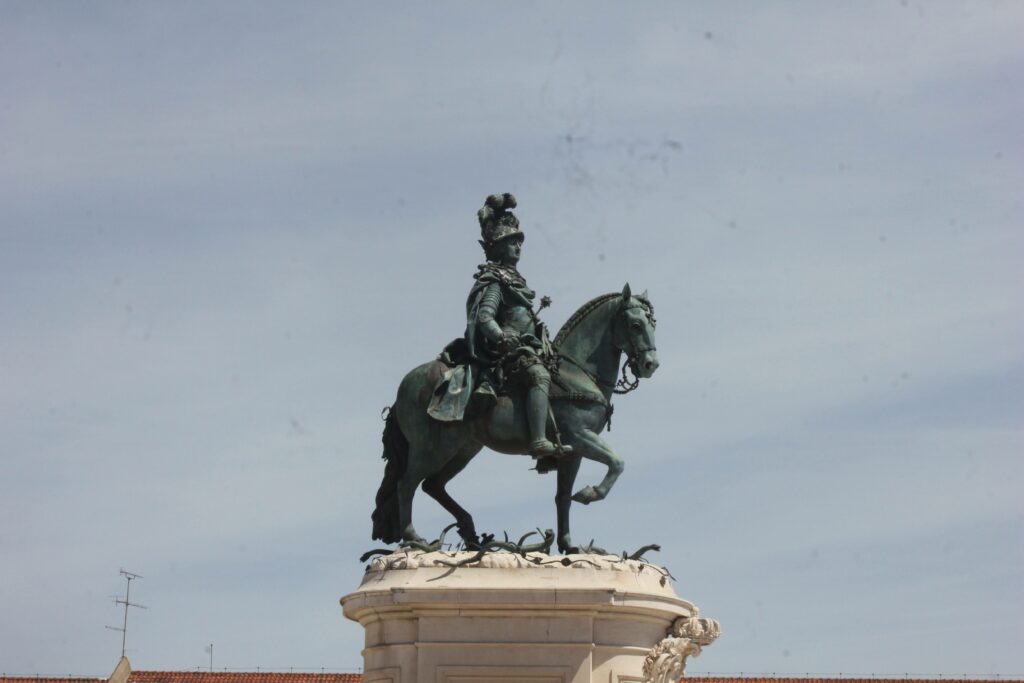
Close to Pedro IV Square is Praça da Figueira, which means Square of the Fig Tree. It was one of Marquês de Pombal’s creations.
It replaced the Lisbon main hospital, which was destroyed during the earthquake. The original use was a market, but now it is a hub for buses and trams.
Here, you will find a huge statue of King John l, designed by Leopoldo de Almeida and installed in 1971. It was relocated to the corner in 1999 and is visible from Praça do Comércio.
Then, the castle square perimeter overlooks Rossio Square, which has neo-classical buildings, hotels, boutique shops, cafes, and patisseries.
Attractions Nearby
Walking from the heart of downtown, you can find other attractions for history enthusiasts to explore.
- Visit the main shopping street, Rua Augusta.
- Head to the large Restauradores Square.
- Visit Sao Domingo Church, which is marked by tragedy.
- See the City Hall Palace at Municipal Square.
- Check out the Conceição Velha Church that survived the earthquake.
- Take a ride on the Santa Justa Lift, a prominent Lisbon landmark.
- Enjoy some seafood at the pedestrian street Rua das Portas de Santo Antao.
- Walk down the main avenue, Avenida da Liberdade.
How To Get to Rossio Square
Stay close to Rossio Square, known as the Baixa district, if possible. It is a perfect spot to start your travels in Lisbon.
Yet, for many people, the hotels in Baixa-Chiado can be expensive. Still, the square is well connected to the green metro line to reach other parts of the city.
Its central location reaches the other neighborhoods, and you can easily walk within 30 minutes.
You must change the metro to reach Alameda station if you come from the airport. The red and green lines link Campo Grande and Telheiras with Rossio, Cais do Sodre, and Baixa-Chiado.
If you come from anywhere else, take the Blue Metro Line to Baixa-Chiado station and Rossio Square.
From here you can walk to Praca do Rossio. Alternatively, you can take the Green Metro Line to stop at Rossio and Baixa-Chiado stations, both accessible by elevators.
Wrap-Up: Rossio Square Lisbon
Rossio Square is always an excellent place to start your Lisbon vacation. The square has a captivating history, beautiful buildings, and a vibrant atmosphere.
It has been a hub for festivals for centuries, including fairs and celebrations. Furthermore, it has witnessed many political gatherings and protests.
One notable historical event was the execution of Inês de Castro in 1355. She was the lover of King Peter I of Portugal.
Her tragic death became a symbol of devotion and love in Portuguese folklore. Today, the square is a favorite meeting spot for visitors and locals alike.
So, when you visit Lisbon, ensure that you visit this historical site with majestic buildings and enjoy the lively square.
